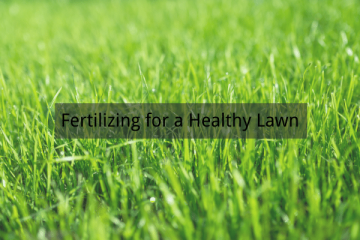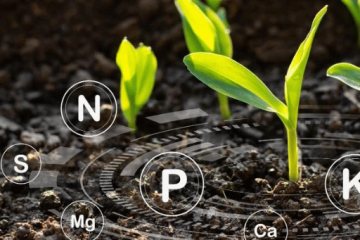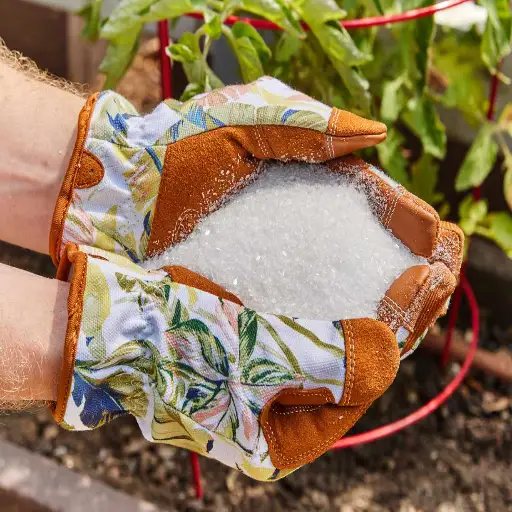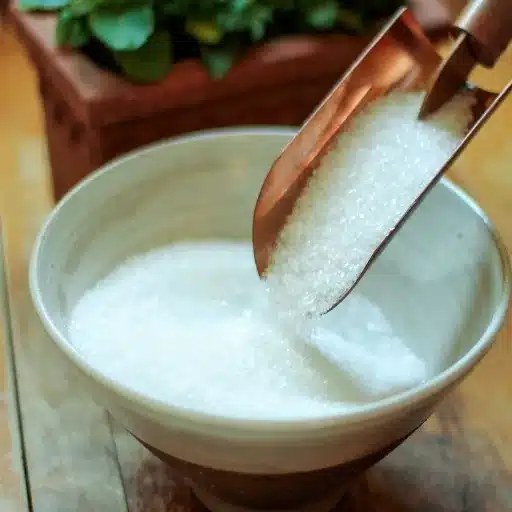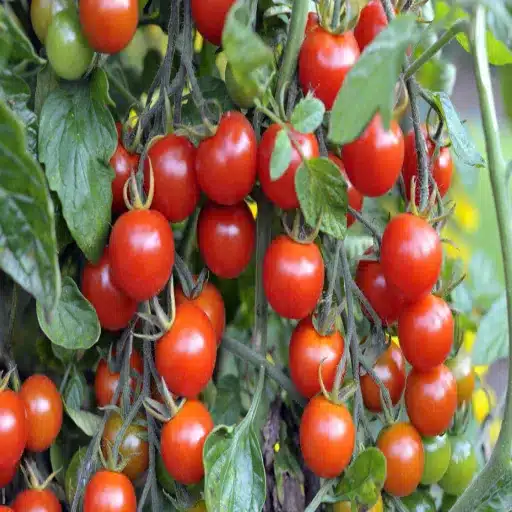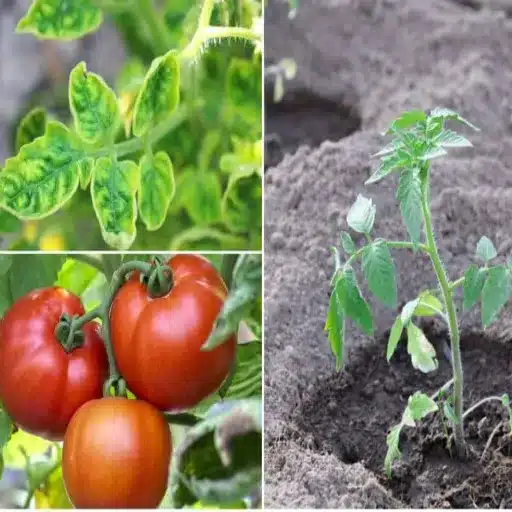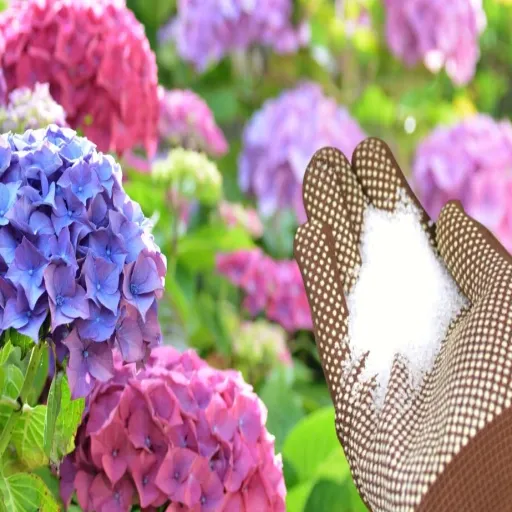When it comes to nurturing thriving houseplants, gardeners and plant enthusiasts often seek unconventional methods to provide optimal care. Epsom salt, scientifically known as magnesium sulfate, has earned a reputation in gardening circles for its potential benefits in promoting plant health. But is it truly a miracle solution, or simply a horticultural myth? This article delves into the science behind Epsom salt, its chemical properties, and its effects on soil and plant growth. By examining its advantages, potential drawbacks, and proper application techniques, we aim to provide an authoritative guide to help you decide whether Epsom salt is the right addition to your houseplant care routine.
What are the benefits of using Epsom salt for indoor plants?
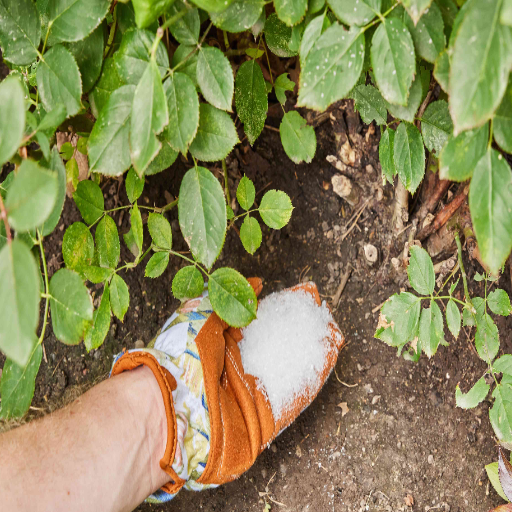
How does Epsom salt provide magnesium and sulfur to plants?
Epsom salt, or magnesium sulfate, as it is known chemically (MgSO₄·7H₂O), retains key minerals for plants in a form that is easy to absorb. It disassociates to form magnesium (Mg²⁺) and sulfate (SO₄²⁻) ions when dissolved in water, and these are absorbed directly by the plant roots. Sulfur aids in protein synthesis and enzymes’ functions, while magnesium, which supports the central structure of chlorophyll, fuels photosynthesis.
- Magnesium Content: Epsom salt contains roughly 10% of magnesium by weight, which is fundamental for chlorophyll formation.
- Sulfur Content: Epsom salt contains nearly 13% of sulfur by weight which is crucial for the building of amino acids and for the body to make use of the nutrients.
- pH Neutrality: Epsom salt is a neutral salt and hence does not markedly change the pH of the soil, thus not hindering its usefulness.
When applied correctly at recommended concentrations, Epsom salt supplements these nutrients efficiently without causing salinity issues, assuming proper drainage and application frequency.
Can Epsom salt improve chlorophyll production in houseplants?
Epsom salt promotes chlorophyll production in houseplants. The production of chlorophyll requires an adequate supply of magnesium, which happens to be an essential part of the chlorophyll molecule. Epsom salt contains magnesium and thereby improves a plant’s ability to produce chlorophyll, especially in soils or media with little to no magnesium.
- Application Concentration: For best results, mix 1-2 tablespoons of Epsom salt with each gallon of water. This concentration will work on plant leaves with no soil application without causing an imbalance in nutrients.
- Application Frequency: Apply once every two weeks or once a month based on the condition and growth stage of the plant. Do not use more than this, as too much magnesium can limit the intake of calcium and potassium.
- Observation: Over a 2-4 week period after application, check the leaves of the plants; if they have become greener, it is a sign that Epsom salt is aiding the plant in producing more chlorophyll.
Ensuring proper application and integrating Epsom salt within a balanced fertilization regimen will yield the best results without disrupting other physiological processes.
Does Epsom salt enhance bloom and plant growth?
Epsom salt does help bloom and plant growth with the right application. Magnesium, the core component, helps in chlorophyll formation, which has a direct effect on photosynthesis and its efficacy. Sulfur, another component of Epsom salt, contributes potently to the creation of amino acids which in turn helps in protein molecule formation along with enhancing the vigor of the plants.
- Magnesium: Optimal levels for this cation are normally within the range of 25 and 50 ppm in the soil. It aids in important enzyme catalysis and energy transport in the plant.
- Sulfur: Crucial in the formation of proteins. Adequate amounts are attained at 10-30 ppm in soil.
Epsom salt can quickly cover deficiencies in magnesium and sulfur when used as a foliar spray or soil supplement which promotes growth and blush blooming. Though, soils that are moderately deficient experience the greatest benefits, the salt supplement works best in conjunction with a comprehensive fertilization plan. It is important to monitor application rates to mitigate the occurrence of nutrient imbalances or competition with calcium and potassium uptake.
How do I use Epsom salt for my houseplants?
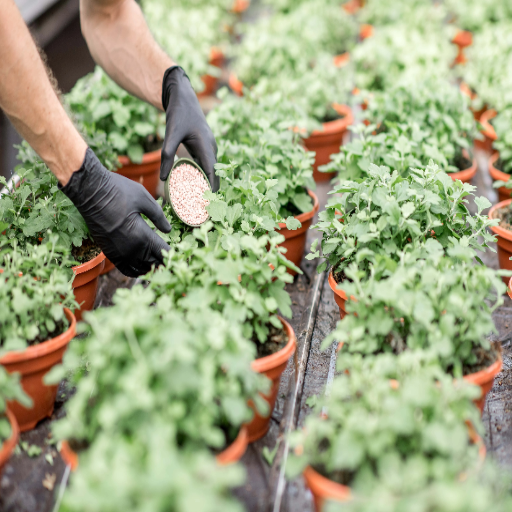
What’s the proper ratio of Epsom salt per gallon of water?
For a typical houseplant, use 1 to 2 teaspoons of Epsom salt to supplement one gallon of water. This dilution is safe for healthy growth and contains enough magnesium and sulfur to support nutrient absorption.
- Magnesium sulfate composition: Epsom salt is almost 10% magnesium and 13% sulfur which are critical for enzymatic activity and chlorophyll production. Magnesium and sulfur are a part of the composition of magnesium sulfate which is important in this process.
- Application Concentration: One to two teaspoons should be sufficient to maintain a desirable range of magnesium sulfate for plant uptake while preventing toxicity with the addition of calcium and potassium.
- Application frequency: Use as a foliar spray once every thirty days for maximized chlorophyll production and to help maintain a nutrient balance. Draining soil is sometimes needed to avoid salt accumulation in the soil A soil drench is also recommended.
Always test the soil for nutrient levels before applying Epsom salt. This may improve the precision, but it is important to take into account the specific requirements of your houseplants such as the dosage required and the condition of the soil to be most effective.
Should I apply Epsom salt as a foliar spray or soil soak?
The application of Epsom salt, both as a foliar spray and a soil soak, provides separate benefits. As such, the choice of which application to use depends on the condition of the plant and the environment where it is growing.
- Foliar spray: A foliar spray will do my plants good if there is a need for immediate absorption of magnesium and sulfur especially if yellowing between the leaf veins (a magnesium deficiency symptom) is noticeable. To perform this, I dissolve 1-2 tablespoons of Epsom salt in a spray bottle filled with 1 gallon of water. I then proceed to spray the solution directly on the leaves. This method works great when the plant is actively growing, or if the roots are not able to uptake nutrients due to the soil conditions.
- Soil soak: Soil soak is the best option for dealing with long magnesium in soil magnesium soil deficiency and when there is a need for magnesium-rich Epsom salt treatment. I prefer this method during medium or mild soil deficiency and when I apply Epsom salt in the regular fertilization cycle. During a soil soak, I use 1 tablespoon of Epsom salt for every 1 gallon of water and soak the base of the plant making sure it is well distributed.
A visual plant assessment and a soil test ought to be the basis for choosing between these methods. Over-application of magnesium, where it is not needed, can lead to detrimental soil balance and accumulation.
How often should I use Epsom salt on my indoor plants?
The frequency of usage of Epsom salt on indoor plants is dependent on the plants’ particular requirements and a soil test result, in addition to a visual examination of the plants’ condition. I integrate Epsom salt into my fertilizing schedule during the growing season for indoor plants every 4 to 6 weeks.
- Symptoms of magnesium deficiency: Leaves are yellowing, especially in the interveinal areas, which commonly is referred to as weakening of interveinal chlorosis or growth.
- Suggested dosage: One tablespoon of Epsom salt dissolved in a gallon of water is sufficient for soaking the soil or foliar sprays. Adjust the dosage to the size of the plant and the severity of the deficiency.
- pH consideration: Do not let the soil pH drop below 6 or go above 7 to ensure maximum magnesium utilization.
Morning is the best time for spraying if using foliar sprays, as this reduces the chance of leaf burn. These factors avoid the over-application of Epsom Salt while still ensuring that soil balance is maintained. Periodic soil tests will help in determining how to apply the soil balance.
Which houseplants benefit most from Epsom salt?
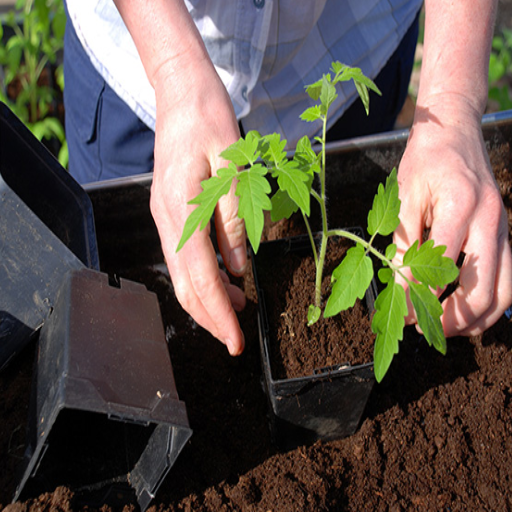
Are there specific indoor plants that love Epsom salt?
Certain houseplants have higher magnesium requirements, therefore, they perform well with Epsom salt. I have found that roses, ferns, palms, and even tomatoes all seem to do better with the application of magnesium. These plant varieties often benefit from some level of supplementation of magnesium sulfate because of increased photosynthetic capacity and chlorophyll production.
- Dilution Ratio: For most houseplants, the application of one tablespoon of Epsom salt to one gallon of water is ideal. If you are dealing with smaller pots, the ratio should be reduced accordingly.
- Application Frequency: For plants that are showing normal healthy growth, applying this solution monthly should suffice. If plants show signs of nutrient deprivation, increase the application to bi-weekly, but ensure that leaves are closely observed for health.
- Visual Indicators: Leaves turning upwards, particularly in the spaces between veins, can suggest a deficiency of magnesium. A careful approach is best when using Epsom salt in such cases.
- Compatibility: Do not use Epsom salts on cacti or softer succulents where there is no indication of a magnesium deficiency. Such plants prefer a less nutrient-dense composition.
If everyone abides by these factors, Epsom salt can be one option for providing specific houseplants the assistance they need regarding health and vibrance.
Can Epsom salt help with magnesium deficiency in plants?
It is true that if used properly absorption of magnesium deficiency in plants can be taken care of with the help of Epsom salt. Magnesium promotes growth by enabling chlorophyll development as well as maintaining overall plant health, while supplement salt (magnesium sulfate) transforms into Epsom salt which acts as a good source of magnesium. Given below are the conditions that ensure the maximum effectiveness of Epsom salt:
- Dosage: Standard dosage includes dissolution of 1 tablespoon of salt in water. For advanced magnesium deficiency, it is best to use 2 tablespoons per gallon and apply Bi-weekly.
- Application Method: Apply using foliar spray or via soil drenching. While foliar sprays take effect more instantly, soil drenches provide longer-lasting results.
- Visual Indicators: Magnesium deficiency can be identified by looking out for yellowing leaves along with green veins (interveinal chlorosis).
- Precautions: Make sure not to overdo the dosage as too much magnesium could complicate the problem down the line by interfering with other nutrients such as calcium and potassium. Testing soil magnesium levels to ensure a deficiency before treatment is strongly recommended.
Following these instructions, the application of Epsom salt acts as an absolute fixer for dealing with magnesium deficiency while bringing efficient vitality back to the plants.
Are there any risks to using Epsom salt on houseplants?
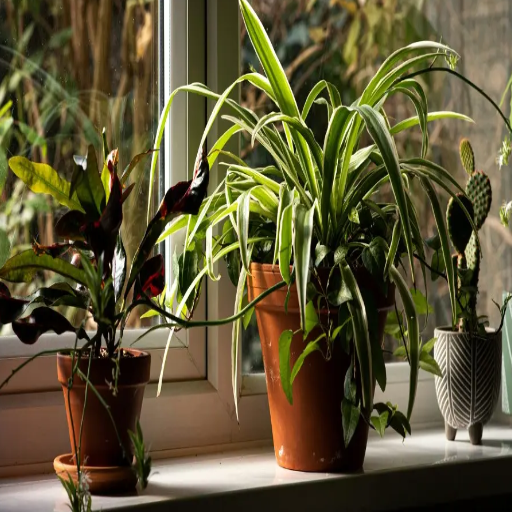
Can too much Epsom salt harm my indoor plants?
Too much Epsom salt can indeed be harmful to indoor plants, as imbalanced nutrient levels in the soil make it more challenging to absorb frequently required nutrients such as Calcium and Potassium. This is likely to harm the plant’s growth in the long run as they will suffer from hindered growth, unhealthy leaf growth, soil salt accumulation, and much more.
- Generally Recommended Dose: For the majority of houseplants, a coverage of 1 tablespoon or less is recommended in one gallon for water use. Young plants and seedlings will require the use of smaller amounts.
- How Often: Unless trying to cover a magnesium deficient need, applications should not go beyond once a month.
- Nourishing Soil: Soil conditions such as nutrient composition and pH should be monitored from time to time to ensure there is no over-saturation with magnesium.
- Accumulation of Salt: Be on the lookout for white patchy areas emerging on top of the soil, such areas indicate harmful salt exposure which may stunt the plants from growing or absorbing water properly.
Always keep in mind moderation for salt overuse as a moderation prime rule, along with impacting adverse factors associated with overapplication. Epsom salt supplementation should be monitored as the use amount is harmful in excess.
How does Epsom salt affect the soil’s nutrient balance?
Epsom salt contributes sulfur and magnesium to the soil which are important secondary nutrients in the soil. In my practice, using Epsom salt tends to remedy the deficiencies for such nutrients, especially in sandy or thin soils that tend to have lower levels of magnesium. However, it is important to regulate the amount used to avoid upsetting the nutrient balance.
- Evaluation of Magnesium Levels: Soil Magnesium concentrations of 10 to 25 ppm are considered to be ideal which can be determined by a soil test. Too much magnesium can cause other nutritional inadequacies due to antagonistic actions of calcium or potassium.
- Addition of Sulfur: Epsom salt contains sulfur, so it can be added to the soil with caution as it is commonly needed in lower quantities, therefore regular tests are needed to manage levels in the soil.
- Combining with Other Nutrients: Too much magnesium will restrict calcium and potassium absorption by the plant because of antagonism, which could result in deficiency symptoms that are not easily detected.
In conclusion, I believe in preserving soil health by directly correlating it with regular soil composition tests to be able to manage magnesium levels. Moreover, Epsom salt should be treated as an amendment rather than a primary fertilizer.
How can I tell if my houseplants need Epsom salt?
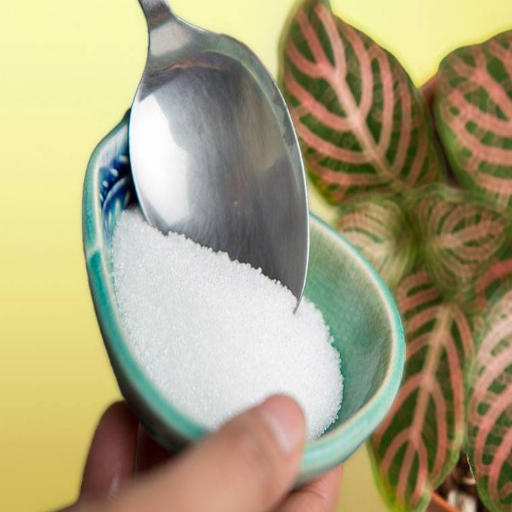
What are the signs of magnesium deficiency in indoor plants?
Lack of Magnesium in indoor plants often manifests through specific, observable symptoms. Generally, there is yellowing in the area between the veins which is referred to as interveinal chlorosis and which occurs in older leaves first. In addition, leaves may also have a curl shape, with brown spots, and even drop off early.
From a technical standpoint, magnesium deficiency is most likely to occur when:
- Soil pH Levels: The soil pH type is too much on the acidic side (under 5.8) or highly alkaline (above 7.0), as this can limit the availability of magnesium to the plant. Regular pH monitoring is imperative.
- Nutrient Imbalance: The use of potassium, calcium, and ammonium-based fertilizers in large quantities can make the problem of magnesium uptake even worse because of competitive absorption.
- Low Magnesium Levels: It is believed that magnesium in soil or growing medium drops below critically low levels under 10 ppm as indicated by a soil or substrate test.
To address these issues successfully, I would recommend adjusting the pH using lime on the acidic soils or sulfur on the alkaline ones, minimizing the application of the competing nutrients, and also applying Epsom salts where necessary keeping an eye not to overdo it. Post-application monitoring of plant condition makes sure the deficiency is being resolved adequately.
Can yellowing leaves indicate a need for Epsom salt?
Yes, the yellowing of the leaves can indicate a potential need for Epsom salts when the leaves show interveinal chloroses, which is the yellowing of the leaf occurring between the leaf veins while the veins themselves remain green. This symptom is usually associated with a magnesium deficiency because magnesium is essential for the production of chlorophyll and plant health.
- Magnesium Levels: A soil or substrate deficiency is usually indicated by a 10 ppm magnesium concentration.
- pH Conditions: Ensure that the pH level of the soil is around 5.8 – 7.0 because very low or very high pH will reduce the magnesium solubility level.
- Fertilizer Application: Look into the feeding history of potassium, calcium, or ammonium because, in excess, they will cause magnesium retention owing to competitive inhibition.
If these set factors are in agreement with the indicated symptoms, then I prefer dissolving 1 to 2 tablespoons in a gallon of water and applying it as a foliar feed or soil drench. This technique is very effective because of the speed at which magnesium is assimilated; however, I must ensure that the plant is properly monitored to ascertain whether it has indeed benefited, as restrictions need to be set to prevent overfeeding the plant.
Reference sources
Frequently Asked Questions (FAQs)
Q: What are the benefits of Epsom salt for houseplants?
A: Epsom salt can be beneficial for houseplants in several ways. It provides magnesium and sulfur, which are important nutrients for plant growth. The benefits of Epsom salt include promoting chlorophyll production, improving seed germination, and enhancing nutrient absorption. Plants also may show increased flowering and foliage growth when Epsom salt is used properly.
Q: How can I use Epsom salt in the garden for my potted plants?
A: To use Epsom salt in the garden for potted plants, you can add one tablespoon of Epsom salt per gallon of water and use this solution to water your plants once a month. Alternatively, you can sprinkle a small amount of dry Epsom salt around the base of the plant before watering. For larger plants, you can directly apply one cup per plant around the root zone.
Q: Which plants like Epsom salt the most?
A: Plants that particularly benefit from Epsom salt include roses, tomatoes, peppers, and magnesium-loving plants like palms and ferns. These plants often show improved growth and color when treated with Epsom salt. However, it’s important to note that not all plants need additional magnesium, so it’s best to research your specific plant’s needs before applying.
Q: Can adding Epsom salt harm your plants?
A: While Epsom salt is generally safe, overuse can harm your plants. Too much magnesium can interfere with the uptake of other nutrients like calcium and potassium. It’s important to use Epsom salt in moderation and only when necessary. If your soil already has sufficient magnesium, adding Epsom salt may not provide any additional benefits and could potentially cause issues.
Q: How does Epsom salt compare to other fertilizers that provide nitrogen and phosphorus?
A: Epsom salt primarily provides magnesium and sulfur, unlike traditional fertilizers that supply nitrogen, phosphorus, and potassium (NPK). While magnesium is an important nutrient, plants also need a balance of other elements. Epsom salt should be used as a supplement to, not a replacement for, complete fertilizers that provide the full range of nutrients plants need.
Q: Can Epsom salt help improve seed germination?
A: Yes, Epsom salt can help improve seed germination. When used in small amounts, it can enhance seed germination by providing magnesium, which is crucial for chlorophyll production and enzyme activation. To use Epsom salt for seed germination, mix one tablespoon of Epsom salt per gallon of water and use this solution to moisten the soil where you’ve planted seeds.
Q: How often should I use Epsom salt on my houseplants?
A: The frequency of Epsom salt application depends on your plants’ needs. For most houseplants, applying an Epsom salt solution once a month during the growing season is sufficient. However, if you notice signs of magnesium deficiency (such as yellowing leaves), you might increase the frequency to every two weeks. Always monitor your plants’ response and adjust accordingly to avoid overuse.
Q: Can I use Epsom salt on all types of houseplants?
A: While Epsom salt can be used on many plants, it’s not universally beneficial for all houseplants. Plants that naturally grow in magnesium-rich soils or those that are sensitive to mineral buildup may not respond well to Epsom salt treatments. It’s best to research your specific plant species and test on a small scale before applying Epsom salt to all your houseplants.

